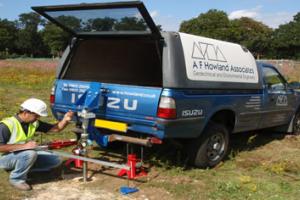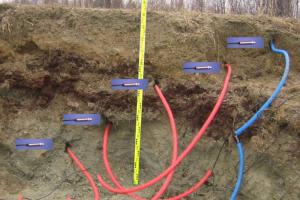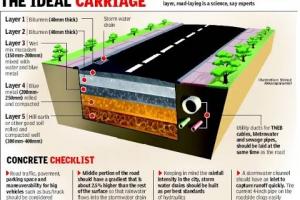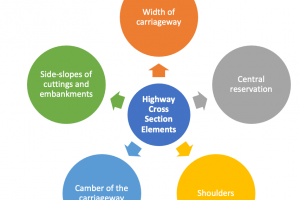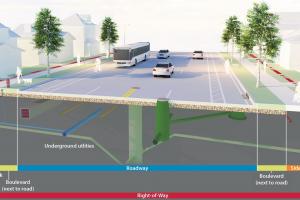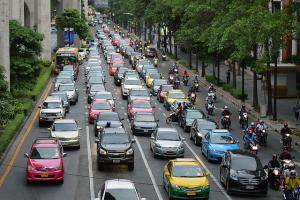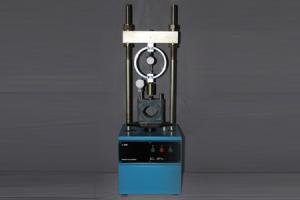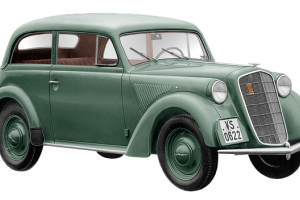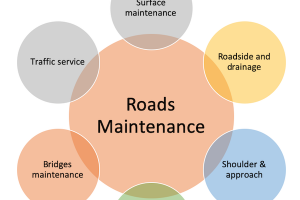What are Collector Roads
Collector roads, also known as collector streets, are roadways that serve as an intermediary between arterial roads and local streets within a transportation network. They play a crucial role in distributing traffic flow from arterial roads to local streets and vice versa. Collector roads are typically designed to balance traffic efficiency and access to adjacent properties.
Characteristics of Collector Roads
Here are some key characteristics of collector roads:
1. Traffic Distribution:
Collector roads collect traffic from local streets and direct it to arterial roads or other major destinations. They help distribute traffic flow more evenly and prevent congestion on local streets.
2. Connectivity:
Collector roads provide connections between residential areas, commercial districts, and arterial roads. They often intersect with local streets and may also have direct access to adjacent properties, such as residential subdivisions or shopping centers.
3. Intermediate Capacity:
While collector roads carry a significant volume of traffic, they generally have a lower capacity compared to arterial roads. They typically have fewer lanes and lower speed limits to accommodate the needs of local traffic.
4. Traffic Calming Measures:
Due to their proximity to residential areas, collector roads may incorporate traffic calming measures, such as speed humps, roundabouts, or narrower lanes, to ensure safer conditions for pedestrians and cyclists.
5. Driveway Access:
Collector roads allow direct access to adjacent properties, including residential homes, businesses, and institutions. They often have driveways or intersections that provide controlled access to these properties.
6. Pedestrian and Bicycle Facilities:
Collector roads may include designated sidewalks, crosswalks, and bicycle lanes to accommodate pedestrians and cyclists alongside vehicular traffic. These facilities enhance safety and promote alternative modes of transportation.
7. Public Transportation:
Collector roads can also serve as corridors for public transportation systems, such as buses or light rail. They may have designated bus stops or stations along their route to facilitate efficient transit operations.
Collector roads are an essential component of a well-planned transportation network. They help manage traffic flow by collecting and distributing it between arterial roads and local streets, providing connectivity to different areas, and ensuring efficient movement within a city or region.



